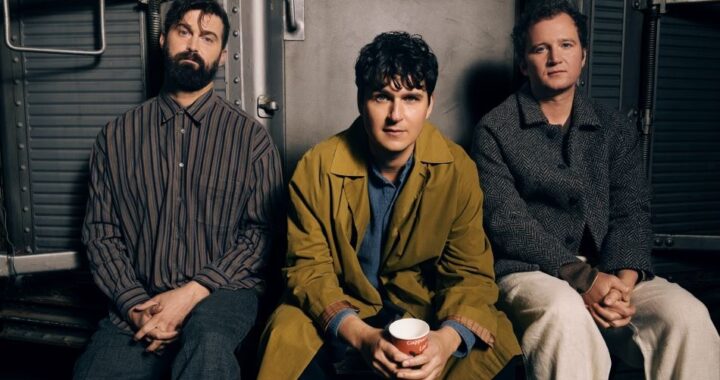Album Review: The Theory Of Everything – Original Motion Picture Soundtrack
3 min read
Icelandic composer Jóhann Jóhannsson’s soundtrack to ‘The Theory of Everything’, a film detailing the life of famed theoretical physicist Stephen Hawking, is a touching testament to a man always curious about the universe around us. Instead of attempting to capture the overwhelming enormity of theories about topics like the Big Bang and black holes, Jóhannsson opts more for the smaller niceties of life in his score.
 Cambridge, 1963 is an optimistic opener, anchored by a riveting, breathless piano riff along with mirroring strings that stimulate the senses. Through its sweeping crescendo, it effectively conjures the sense of wonder of first love, taking listeners by the hand and snatching them away.
Cambridge, 1963 is an optimistic opener, anchored by a riveting, breathless piano riff along with mirroring strings that stimulate the senses. Through its sweeping crescendo, it effectively conjures the sense of wonder of first love, taking listeners by the hand and snatching them away.
The rousing, recurring riff in Rowing carries a competitive spirit, sweeping listeners up with its mystique and vibrancy. The alternative version mid-way through the album strips away everything except the orchestra, adding further emphasis to that musical motif.
There are moments of the mundane and extraordinary too. Domestic Pressures starts softly with ominous strings and chimes. At first, the piece seems suited to laying out the laundry on the washing line, before it builds up towards climax and fades out as if to suggest conflict and melancholy. Chalkboard (a fitting title for the canvas on which Keating did his work) is another stirring highlight, as every stoic musical turn, every accented beat and the almost overbearingly thunderous conclusion represent each light bulb moment: equation, theorem or solution.
Collapsing Inwards is tragedy personified, with its slow, devastating chords and oppressive strings labouring under the pressure of Keating’s deteriorating health. The electronically processed cold ending is intense and shocking. Coma bears striking similarities to Collapsing Inwards, again suggesting the pathos as well as a journey to the deep recesses of the mind. The dignified The Spelling Board and the hopeful The Voice Box imply recovery and discovery, as Keating is given a new platform to express his ideas despite his condition.
Meanwhile, A Game of Croquet reflects simpler pleasures, with a piano arrangement recalling Bach’s Well Tempered Clavier. The Origins of Time is a pleasant, languid piece to signal the slow awakening back to life, with the stately first dance waltz of The Wedding following almost immediately after. The Dreams that Stuff Is Made Of provides a nice contrast between between the sweeping strings and quaint piano. A Spacetime Singularity, as expected, has a extraterrestrial tone with its airy atmosphere and windy, woodwind flourishes.
A sense of romance is apparent on the warm, sunny Forces of Attraction and the flowery Daisy, Daisy, though the latter keeps listeners on edge with its sustained cliffhanger ending. The Whirling Ways of Stars That Pass is refreshingly human, with breaths permeating the temperate guitar flourishes.
Other pieces touch upon Keating’s work. A Brief History of Time (titled after Keating’s renowned science book) proceeds at a steady pace with oscillating chimes and soothing strings. A Model of the Universe, like earlier pieces, is split into two halves. The first half features a solitary piano modulating over beautiful, successive riffs, as if to recreate the orbits of planets. The second half has a single acoustic guitar mimicking the first half, exposing the musical theme to its earthy core. The title track lifts the mood with its sparkly strings and chimes. London, 1988 may mark the year ‘A Brief History of Time’ was published, but initially sounds more like a sad farewell. It then shifts towards something more fitting of a joyous life milestone, before concluding on an ambiguous note as if to signal uncertain times ahead.
Jóhannsson’s score is a delight to lose yourself to either in the cinema or in your living room. It is intricately infused with humanity and emotion, making it a fitting complement to the film.



